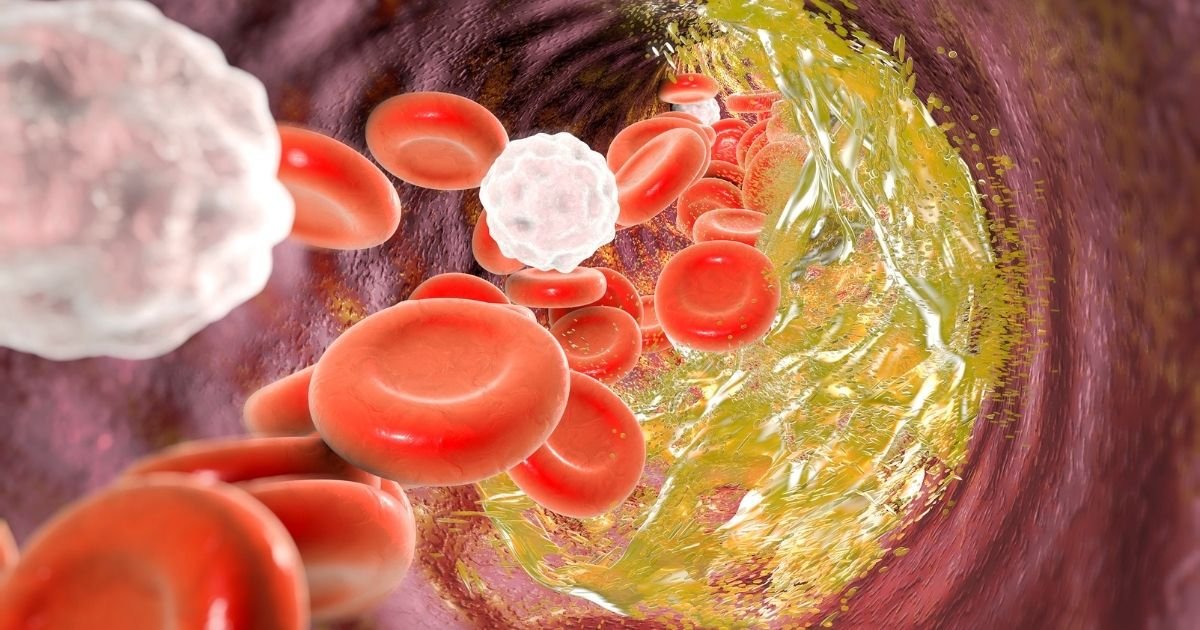The cholesterol and the triglycerides are fats that are necessary for body functions; when elevated, they increase the risk of infarction y stroke. The good news: with lifestyle changes and, if appropriate, treatment, it is possible to reduce that risk safely and sustainably.
What are they and why do they matter?
- LDL-c ("bad cholesterol")when it is high, it tends to accumulate in the arteries.
- HDL-c ("good cholesterol")helps to transport cholesterol out of the arteries.
- Triglycerides (TG)reserve energy; high levels are associated with cardiometabolic risk and, if very high, with pancreatitis.
In cardiovascular prevention, lower LDL-c is the priority. The guidelines recommend intensive reductions in people at high or very high risk.
Reference values (help to interpret your lab)
| Parameter | Desirable | High limit | High / Very high |
|---|---|---|---|
| LDL-c | < 100 mg/dL | 100-129 | ≥ 130 |
| HDL-c | ≥ 40 (H) / ≥ 50 (M) | - | - |
| Triglycerides | < 150 mg/dL | 150-199 | ≥ 200 / ≥ 500 (very high) |
| No-HDL-c | < 130 mg/dL | 130-159 | ≥ 160 |
Goals may be more stringent depending on your risk. Your cardiologist will adjust personal goals.
Cholesterol and triglyceride raising factors
- Diet rich in ultra-processed and added sugars.
- Sedentary lifestyle and excess weight.
- Smoking and alcohol in excess (raises triglycerides).
- Hypothyroidismdiabetes, some drugs (e.g., corticosteroids).
- Family history of hypercholesterolemia.
How is it diagnosed and how often to measure?
- Fasting and non-fasting lipid profile (as indicated).
- Repeat every 1-5 years in adults without high risk; more frequent if you have hypertension, diabetes, smoking, coronary heart disease or are undergoing treatment.
- You can calculate the 10-year risk (in consultation) to decide intensity of management.
Risk-based goals and strategies
- High / very high risk (e.g., coronary artery disease, diabetes with factors, very high LDL): the following are sought lower LDL ≥ 50 % and/or achieve LDL < 70 mg/dLIn very high risk, some European guidelines propose < 55 mg/dL.
- Intermediate risk: lowering LDL ≥ 30-49 % and approach < 100 mg/dL.
- Triglycerides ≥ 500 mg/dLrequires priority management to prevent pancreatitis.
Goals are individualized. Dr. Karla Castolo will explain what yours is based on your medical history and studies.
What you can do today (changes with the greatest impact)
1) Cardioprotective feeding (DASH/Mediterranean type).
- Plus: vegetables, fruits, legumes, whole grains, fish, olive oil, nuts.
- Minus: processed meats, fried foods, pastries, sugary drinks, excessive alcohol.
- Practical objective: 25-30 g of fiber/day; change sausages for legumes 2-3 times/week.
2) Regular physical activity
- 150 min/week moderate (brisk walking, swimming, biking) o 75 min/week vigorous + 2 strength sessions.
- Add steps: climbing stairs, short and frequent walking distances.
3) Healthy weight and waistline
- Lose 5-10 weight % improves LDL and TG.
- Watch waist circumference: < 88 cm (M) / < 102 cm (H) as a general reference.
4) No smoking and alcohol moderation
- Tobacco lowers HDL and damages the arterial wall.
- Alcohol raises triglycerides; moderate or avoid if already high.
5) Sleep and stress
- Sleep 7-8 h and practicing breathing/relaxation techniques helps to sustain habits.
Suggested iconography: Mediterranean plate, slippers, tape measure, "no smoking" symbol, crossed out cup, moon/star.
Treatment: when to consider drugs
- Statinsfirst line to lower LDL-c and reduce cardiovascular events.
- Ezetimibeis added if goals are not reached with statin.
- iPCSK9 (injectables): for very high risk or familial hypercholesterolemia when the target is not yet achieved.
- Persistent high TGPrioritize lifestyle; in selected cases, icosapent ethyl or fibrates (according to clinical assessment).
Do not adjust or discontinue medication on your own; any changes are decided in consultation.
Frequently Asked Questions
Do I need to fast for the study?
Not always. For very high TG or diagnostic doubts, fasting is preferred; your doctor will indicate.
Can I eat eggs if I have high cholesterol?
In general, the focus is on the dietary patternThe total amount of saturated and ultra-processed fats weighs more than an isolated food.
How long does it take to lower LDL?
With statin, the effect is usually seen in 4-12 weeksWith diet and exercise, the changes are gradual and sustainable.
What about the "good fat"?
Upload HDL is not a direct goal; what is important is lower LDL y reduce overall risk.
When to consult?
- Repeated high LDL, TG ≥ 200 mg/dLfamily history of early myocardial infarction, diabetes or hypertension.
- If you want a customized plan and exercise with cardiologic follow-up, schedule an assessment.
Reference sources
- ACC/AHA. Multisociety Guideline on the Management of Blood Cholesterol (updates 2018-2022).
- ESC/EAS. European dyslipidemia guideline 2019 with update 2023 (targets by risk).
- AHA. Physical activity recommendations for adults.
- ADA 2024. Lipid management in diabetes (criteria and goals in diabetic population).
